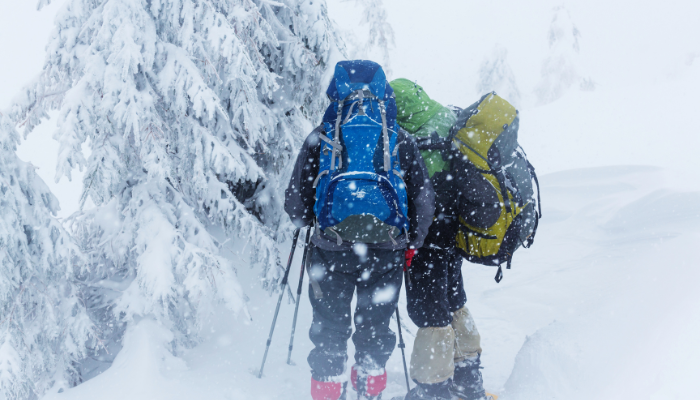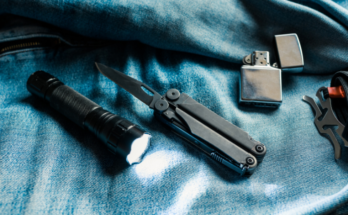Staying warm and comfortable while working outdoors in winter requires choosing the right workwear. Here’s a guide to three levels of winter workwear for men, depending on the expected temperature and work intensity:
Level 1: Mild Winter (32°F – 45°F)

- Base Layer: A moisture-wicking, thermal base layer is essential for trapping body heat and preventing sweat buildup. Merino wool or synthetic fabrics like polyester are great choices.
- Mid Layer: For moderate activity and mild temperatures, consider a fleece or wool sweater as a mid-layer for added warmth. Look for options with wind-resistant properties if working in windy conditions.
- Outer Layer: A windproof and water-resistant shell jacket is your outer layer shield against the elements. Choose a breathable material like Gore-Tex or a similar fabric to prevent overheating.
- Accessories: Don’t forget gloves, a warm hat, and a scarf to protect exposed skin.
Level 2: Cold Winter (15°F – 31°F)

- Base Layer: Upgrade to a heavier thermal base layer, possibly with a double-layer construction for maximum warmth.
- Mid Layer: Add a second fleece or wool layer for increased insulation. Consider a down vest or jacket for extra warmth during breaks or less active periods.
- Outer Layer: Opt for a heavily insulated shell jacket with a high warmth-to-weight ratio. Down or synthetic insulation are both good options, depending on your preference and budget.
- Accessories: Choose insulated gloves, a balaclava or face mask, and warm boots with good traction for icy surfaces.
Level 3: Extreme Cold (Below 15°F)

- Base Layer: A two-layer thermal base layer made from merino wool or a specialized cold-weather fabric is crucial.
- Mid Layer: Combine multiple fleece or wool layers for maximum warmth. Consider a heated vest or jacket for additional warmth during extreme conditions.
- Outer Layer: Choose a heavily insulated, expedition-grade parka with a waterproof and windproof outer shell. Ensure the parka is rated for extreme temperatures and has a hood that can accommodate a helmet.
Accessories: Invest in insulated gloves with a waterproof outer shell, a full face mask, and warm, waterproof boots with good traction. Additionally, consider heated insoles for extreme cold situations.
Additional Tips:
- Wear loose-fitting clothing to allow for air circulation and layering.
- Cover exposed skin as much as possible to prevent frostbite.
- Take breaks often to warm up inside and avoid overexertion.
- Stay hydrated by drinking plenty of water even if you don’t feel thirsty.
- Be aware of the signs of hypothermia and get help immediately if necessary.
By following these guidelines and choosing the appropriate workwear for the conditions, you can stay safe and comfortable while working outdoors in winter. Remember, it’s always better to be over-prepared than underdressed when facing the elements.



